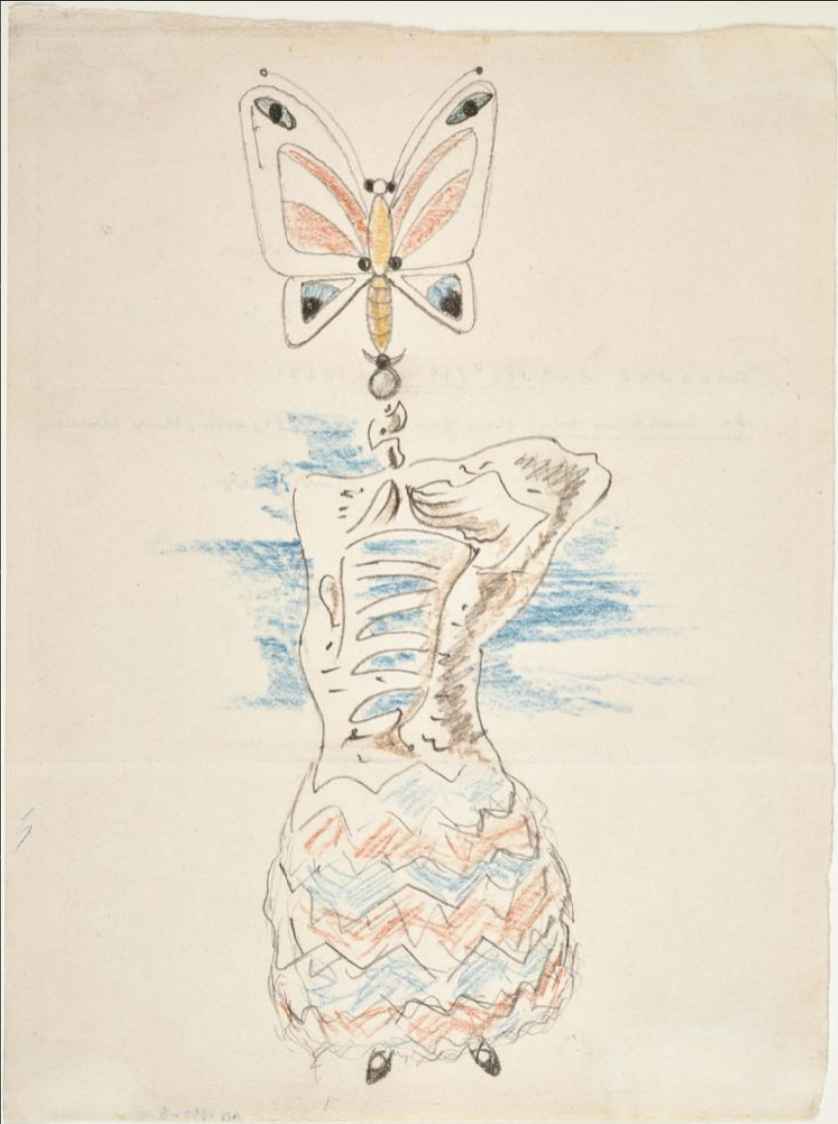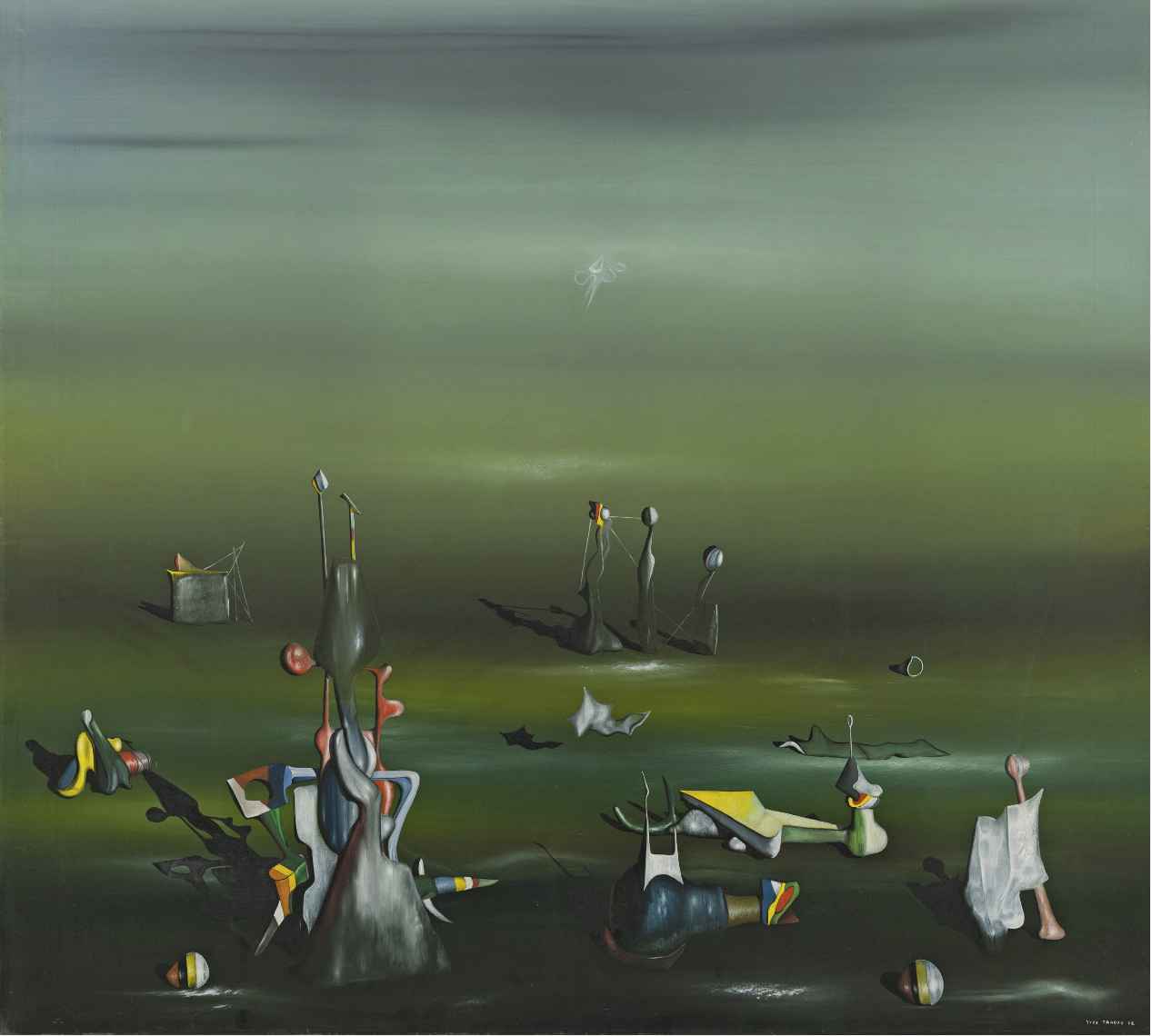Hybridizing Anki and the Method of Loci to Learn Vocabulary
Anki for momentum and checks—memory palaces for high-fidelity retrieval and structure
Published on
Part of the series: Blending Flashcards & Memory Palaces
It could be argued that the procedures I sketch—designing emblematic scenes, compressing them five by five, stitching them into exquisite-corpse collages—sound like artisanal labor subtracted from study. That impression comes from the description, not the work itself. Almost every step can be scripted: an API call from a vocabulary list to fetch images, a routine to compress-by-five, then a quick overlay. Yes, in my case trial-and-error toward an optimal pipeline for vocabulary acquisition pulled me away from texts for a while; it was deliberate. Theory-crafting was an end in itself. Sanskrit and Modern Greek gave me a pretext to test very old methods and bring them up to date. With millions learning languages and millions using Anki or similar SRS tools, a small contribution here feels worth the cost.
Why a Shared “Memory Palace for Languages” Doesn’t Exist
In an ideal world, the scenes I needed would already be painted by a polyglot community of loci enthusiasts. People on the main forum devoted to this ancient art, Art of Memory, do share systems, and generously so, yet I know of no collaborative project that aims at universal language learning through a principled blend of loci and the keyword method. The reason is obvious: cross-language associations are rooted in each person’s linguistic inventory and imaginative habits. If I use Spanish and Russian to encode a Sanskrit word, my rebus helps only someone with my languages in my configuration. Generalization breaks.

The Keyword Method’s Solipsism (and Its Costs)
The solipsism of keywords pains me. Bridges I build between my languages and Sanskrit are bridges only I can cross. Rebus imagery does have a unique virtue—the self-correction it affords mid-recital when walking the palace—but it also brings real drawbacks:
- Unshareable assets. My emblems hinge on idiosyncratic puns; distributing such illustrations is near-meaningless to others.
- Homophone hunting takes time. Even with several languages at hand, covering the phonetic surface of a Sanskrit word is fickle work. After a thousand words, facing a fresh tranche still carries a dull fear of failure. At first glance, some words morph into their Spanish, French, or English counterparts—the languages I know best—while others remain stubbornly refractory to that alchemy. Despairing of finding a word to anchor them to, my mind endures an ordeal… until a sudden illumination releases me. Soon enough, though, I have to try my luck again with the next batch.
- Not Anki-friendly on the front. A rebus that spells out the syllables visually would make a front-side card trivial, almost pictographic. It short-circuits recall.
- Motivational fatigue. Living in absurd images all day is numbing. Despite the technique’s raw efficacy, I grew tired of wading through that swamp of rebuses. I always study my Anki decks—sometimes after a short backlog—but I’ve let palaces idle. I know by experience I could restore them quickly; the problem is the spirit: pacing the same incoherent tableaux ad nauseam turns the stomach. Anki’s scheduler, by contrast, minimizes exposure.

The SRS Paradox: When Spacing Collides with Constant Walkthroughs
Spaced repetition works because you review when a trace is about to fade. The slight decay is the condition for strengthening. If I keep walking a palace every day, those words risk lingering in immediate memory rather than consolidating into the depths of long-term memory. I retrieve the most recent echo, not a distant one; easier links may be less durable. Perhaps a perfectly tended palace can stagnate in precisely the way Anki is designed to avoid. At any rate, a constant drill runs against Anki’s underlying principle.
What I’m After
All of the above pushed me to design a system that exploits Anki’s long-arc habit and spacing discipline and borrows the robust, low-friction retrieval of palaces—dense interconnections, reliable wayfinding, quick recovery from errors. I want the algorithm’s timing without its brittleness and frustration, and the palace’s structure without its motivational drag. The goal is not to abandon the walk, but to add spacing as a systematic spur and a quality check, so every word in the palace is demonstrably learned for keeps.
I’m building a hybrid: Anki schedules sanity checks to review; a memory palace allows for easy retrieval with perfect recall; five-scene overlays deliver density without confusion. The sum answers the core problems: portability, scale, motivation, and the SRS–palace timing paradox.




